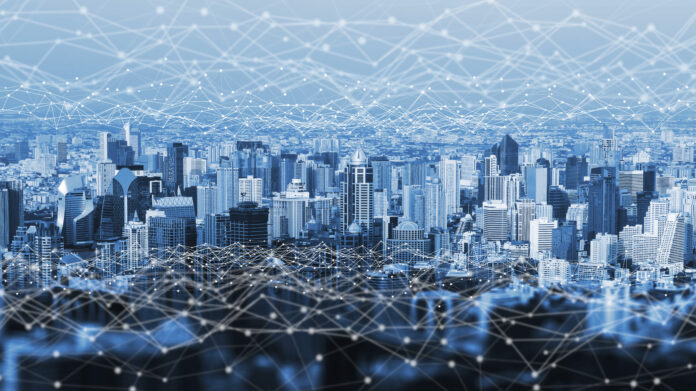Building resilient cities with the help of infrastructure digital twins is an innovative approach that leverages cutting-edge technology to enhance urban infrastructure planning, design, and management. Digital twins, virtual replicas of physical assets, offer valuable insights and real-time data analysis capabilities that can revolutionize how cities prepare for and respond to various challenges, from natural disasters to population growth.
Evolution of Digital Twins in Urban Infrastructure
From their origins in industrial manufacturing for product optimization, digital twins have now found a new playground in urban infrastructure. Through sophisticated modeling and simulation, cities can now harness the power of digital twins to enhance decision-making and improve overall resilience.
The Role of Digital Twins in City Resilience
Enhancing Urban Planning and Design
Integrating digital twins into urban planning processes, city officials and planners gain a comprehensive understanding of how different infrastructure elements work together. This insight enables them to design more resilient and efficient urban environments that can adapt to evolving needs and challenges.
Improving Infrastructure Monitoring and Maintenance
Digital twins provide a bird’s eye view of real-time data from various infrastructure components. This enables proactive maintenance and monitoring, helping to detect potential issues before they escalate into critical failures. Such predictive capabilities contribute significantly to enhancing the overall resilience of urban infrastructure.
Benefits of Implementing Digital Twins in Urban Infrastructure
Real-time Data Analysis and Predictive Maintenance
One of the key benefits of digital twins is their ability to analyze vast amounts of real-time data from sensors embedded in infrastructure components. This data-driven approach allows for predictive maintenance strategies, reducing downtime and extending the lifespan of critical assets.
Optimized Resource Allocation and Cost Savings
With digital twins providing a holistic view of infrastructure performance, cities can optimize resource allocation and prioritize investments where they are most needed. Identifying inefficiencies and opportunities for improvement, cities can achieve cost savings and maximize the impact of their infrastructure projects.
Challenges and Considerations for Digital Twin Implementation
Data Privacy and Security Concerns
As digital twins rely heavily on data collection and sharing, ensuring robust data privacy and security measures is crucial. Protecting sensitive information and preventing unauthorized access to digital twin systems are paramount to maintaining trust and integrity in urban infrastructure management.
Integration with Existing Infrastructure Systems
Integrating digital twins with legacy infrastructure systems poses a significant challenge. Compatibility issues, data format discrepancies, and system interoperability need to be addressed to ensure seamless integration and avoid disruptions to existing operations. Careful planning and coordination are essential for successful implementation of digital twins in urban infrastructure.
Future Trends and Opportunities in Digital Twin Technology for City Development
AI and Machine Learning Integration in Digital Twins
The future of digital twin technology in city development lies in the integration of artificial intelligence (AI) and machine learning algorithms. Incorporating AI capabilities into digital twins, cities can automate decision-making processes, predict maintenance needs, and optimize resource allocation. This advancement is set to revolutionize urban planning and create more efficient and resilient cities.
Smart City Initiatives and the Role of Digital Twins
As smart city initiatives continue to gain momentum, digital twins will play a crucial role in shaping the urban landscape of the future. Connecting digital twins with smart sensors and IoT devices, cities can create dynamic and real-time models of their infrastructure, enabling proactive maintenance, improved resource management, and enhanced citizen services. The synergy between smart city initiatives and digital twins holds immense potential for advancing urban development in the 21st century.
The adoption of infrastructure digital twins holds immense potential for building resilient cities that can adapt and thrive in the face of evolving urban challenges. Embracing the benefits of real-time data analysis, predictive maintenance, and optimized resource allocation, cities can harness the power of digital twins to create smarter, more efficient infrastructure systems. As we look towards the future, continued advancements in digital twin technology are set to drive innovation, sustainability, and resilience in urban development, paving the way for smarter, more resilient cities for generations to come.



